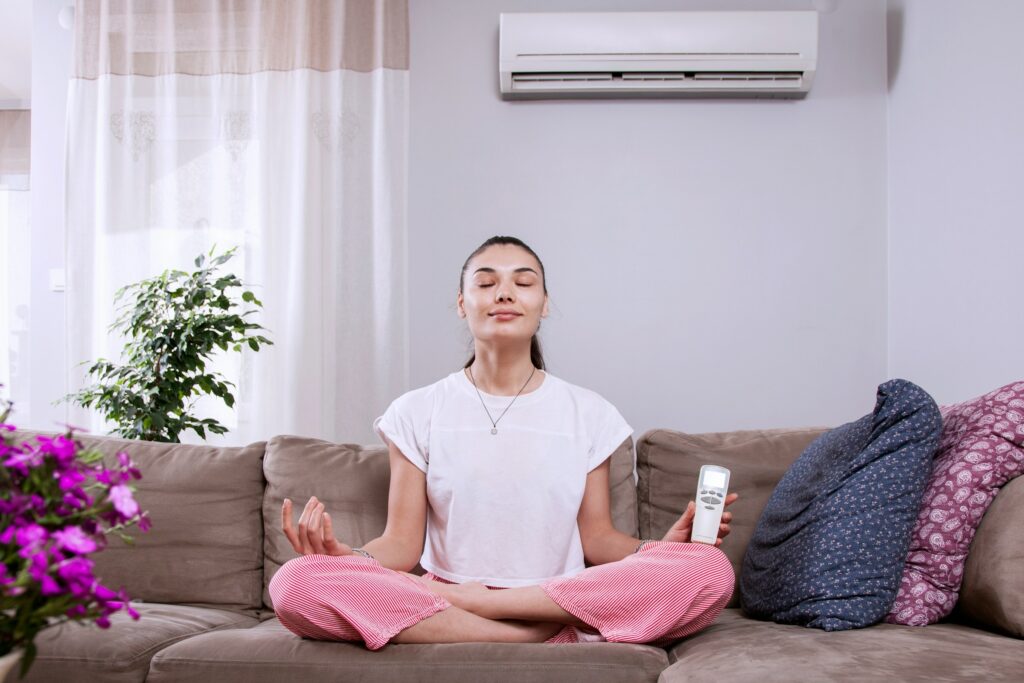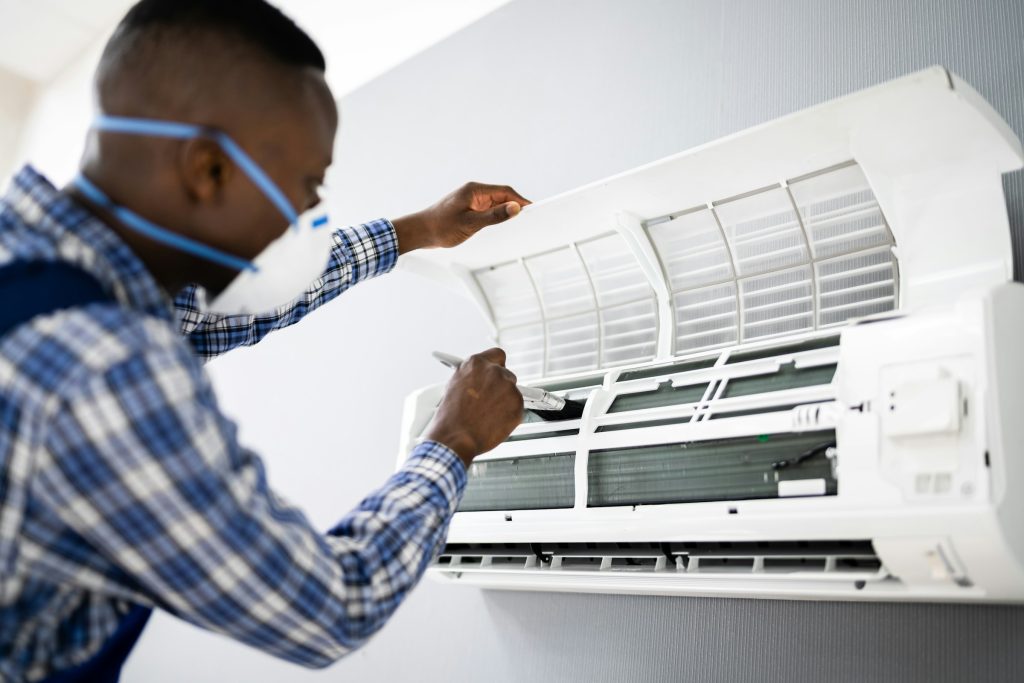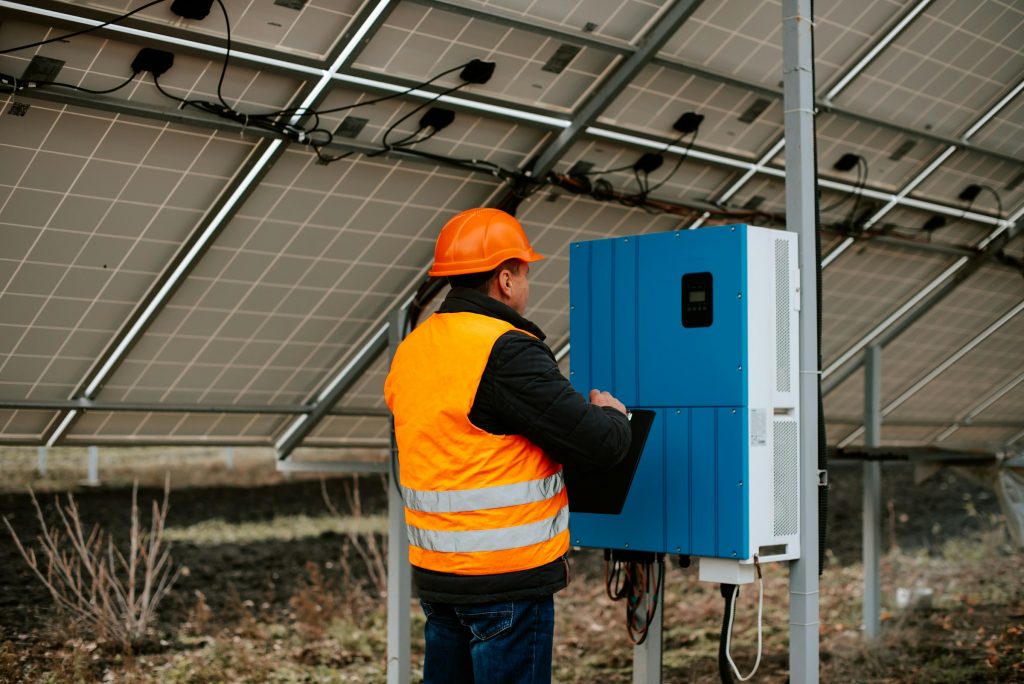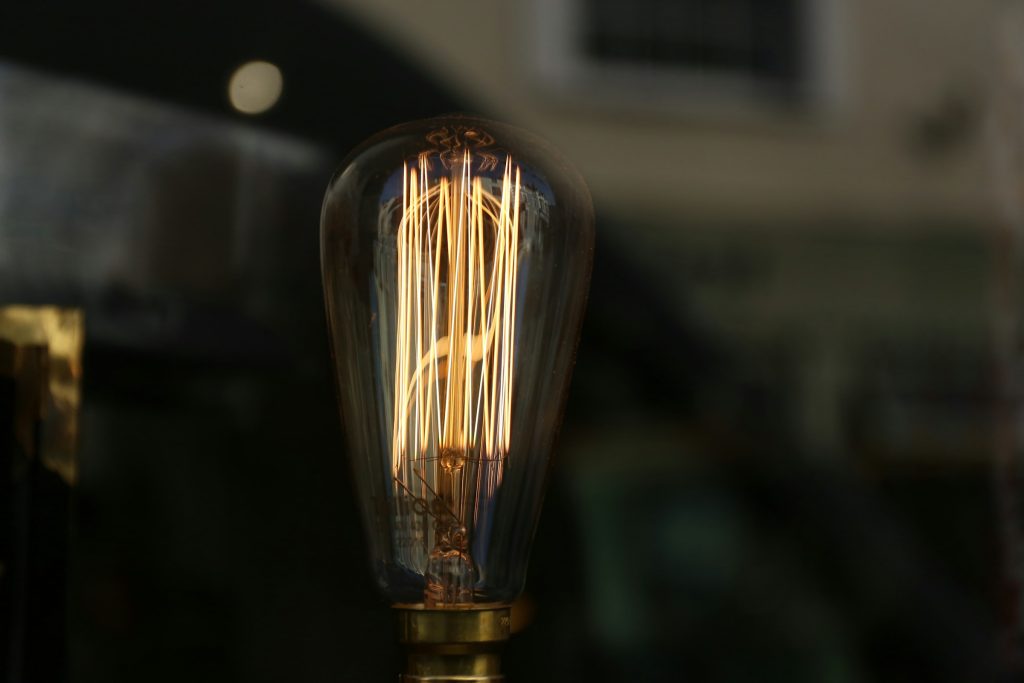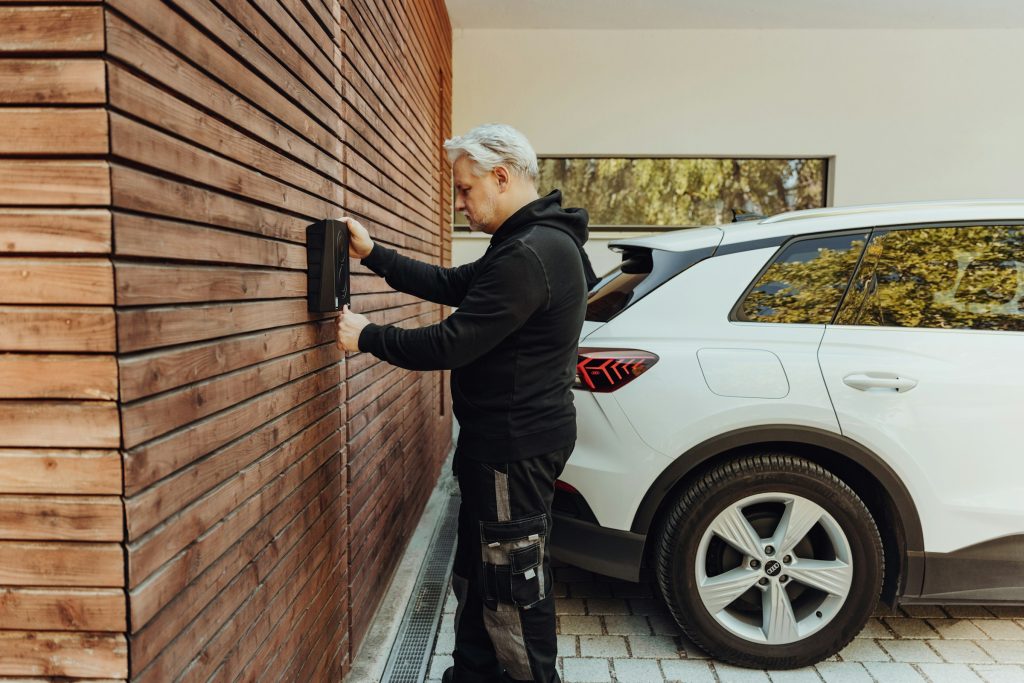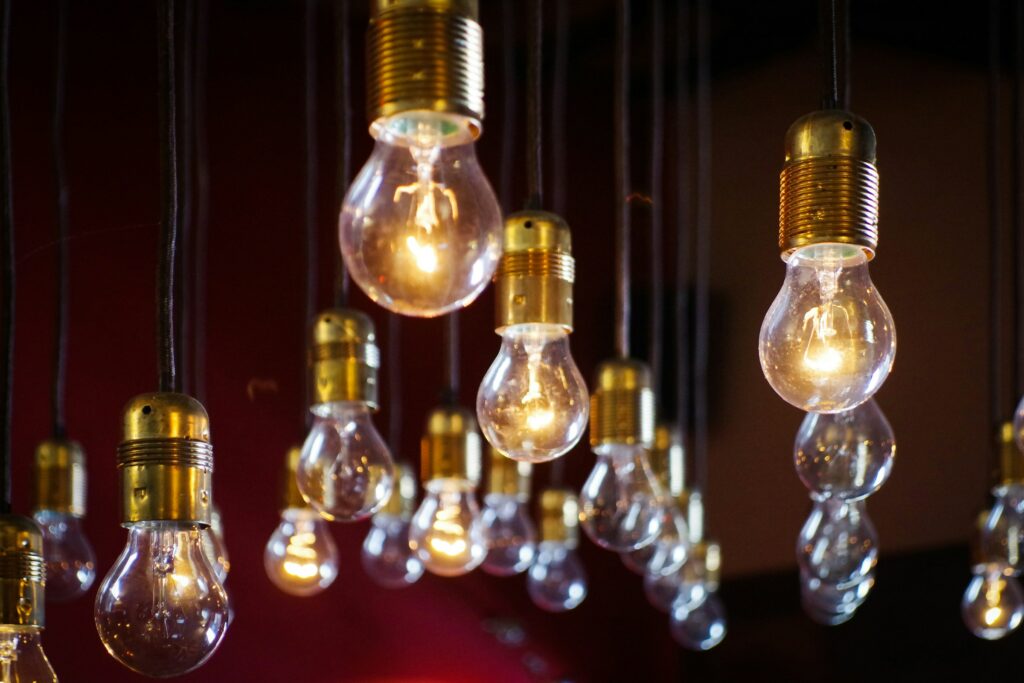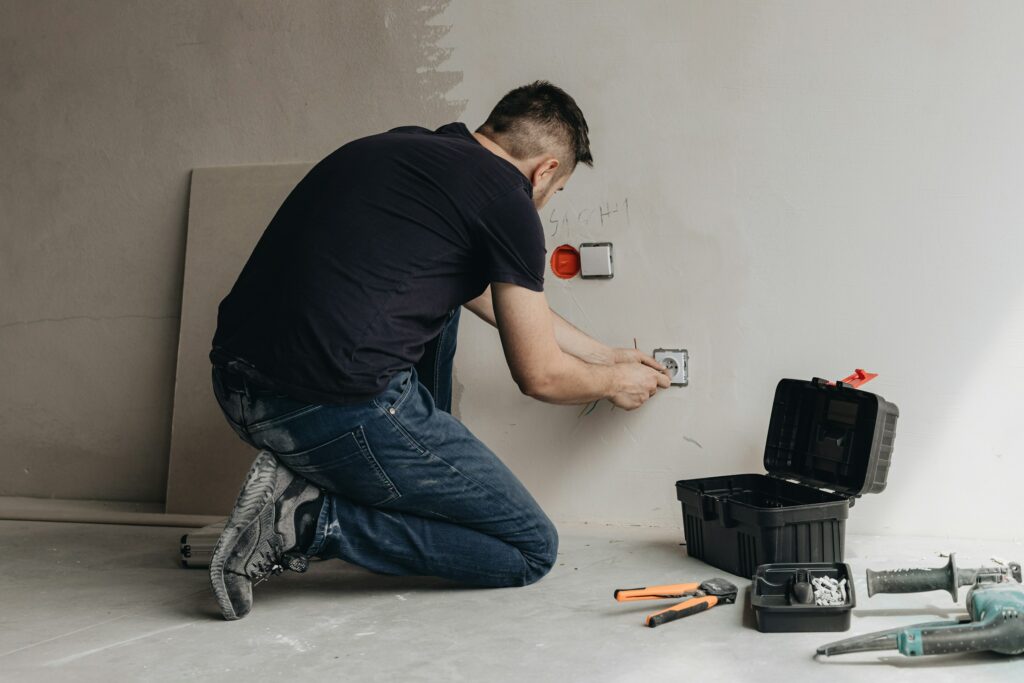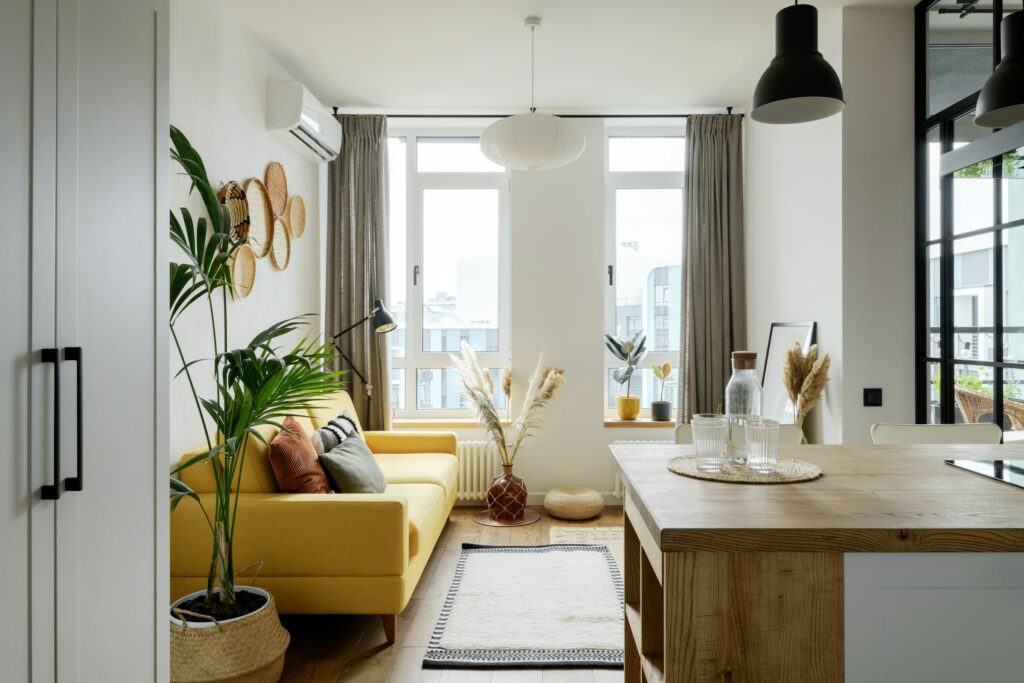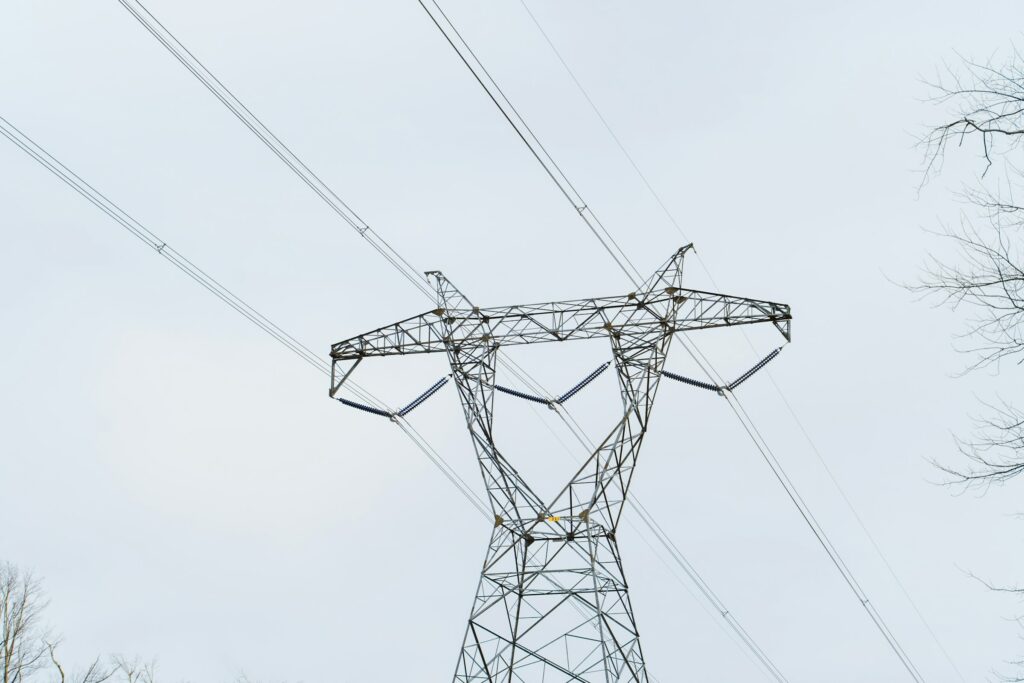As an Australian homeowner, you know that staying comfortable year-round is a top priority. With our country’s diverse climate, it’s essential to have a reliable heating and cooling system. Enter the reverse cycle air conditioner – a versatile and efficient solution for all your temperature control needs.
This comprehensive guide will dive deep into what is a reverse cycle air conditioner and how they can benefit your home.

What is a Reverse Cycle Air Conditioner?
A reverse cycle air conditioner, also known as a heat pump, is an air conditioning system that can cool and heat your home. It uses a refrigerant to absorb heat from one area and transfer it to another.
In summer, the unit extracts heat from your home and releases it outside, effectively cooling your space. In winter, the process is reversed, with the system absorbing heat from the outdoor air and bringing it inside to warm your home.
According to the Australian Bureau of Statistics, 74% of Australian households have some form of air conditioning, with reverse cycle systems being the most popular choice. This popularity can be attributed to their energy efficiency and versatility.
The Key Components of a Reverse Cycle Air Conditioner
To better understand how a reverse cycle air conditioner works, let’s take a look at its main components:
- Compressor: The compressor is the system’s heart and pumps the refrigerant through the unit.
- Condenser: The condenser is located in the outdoor unit and releases heat absorbed from your home during the cooling process.
- Evaporator: The evaporator is found in the indoor unit and absorbs heat from your home’s air during the cooling cycle.
- Expansion valve: This component regulates refrigerant flow between the condenser and evaporator.
- Reversing valve: The reversing valve allows the system to switch between cooling and heating modes.
The Benefits of a Reverse Cycle Air Conditioner:
For Australian homeowners, investing in a reverse-cycle air conditioner offers numerous advantages, making it an attractive choice for year-round comfort and energy efficiency.
Year-Round Comfort
One of the most significant benefits of a reverse-cycle air conditioner is its ability to provide both cooling and heating, keeping you comfortable no matter the season. In summer, the unit extracts heat from your home and releases it outside, effectively cooling your space.
In winter, the process is reversed, with the system absorbing heat from the outdoor air and bringing it inside to warm your home. This versatility eliminates the need for separate heating and cooling systems, making it a convenient, all-in-one solution for your home’s climate control needs.
Energy Efficiency
Reverse cycle air conditioners are renowned for their energy efficiency, making them one of the most eco-friendly and cost-effective heating and cooling options available. Thanks to their innovative heat pump technology, these systems can produce up to three times more heat energy than the electrical energy they consume.
This efficiency translates to lower energy bills and a reduced environmental impact than traditional heating methods like electric heaters or gas furnaces. Studies have shown that reverse-cycle air conditioners are the most energy-efficient type of electric heating. Many models come with Energy Rating Labels, allowing you to compare and choose the most efficient unit easily.
Additionally, modern reverse cycle systems often feature inverter technology, automatically adjusting power to reach and maintain the desired room temperature, further enhancing energy efficiency.
Cost-Effectiveness
By combining heating and cooling functions into a single system, reverse cycle air conditioners offer significant cost savings compared to installing and maintaining separate units. This all-in-one solution reduces upfront installation costs and simplifies maintenance, as you only need to service one system instead of two.
Furthermore, reverse-cycle air conditioners’ energy efficiency leads to lower operating costs, which can save you money on your energy bills in the long run.
Improved Air Quality
Many reverse cycle air conditioners come equipped with built-in air filtration systems that work to remove dust, allergens, and other pollutants from your home’s air. These filters trap fine airborne particles, helping to purify the air and create a healthier living environment. This feature is particularly beneficial for those who suffer from allergies, asthma, or other respiratory issues, as it can significantly improve indoor air quality and reduce the presence of irritants.
Quiet Operation
Modern reverse cycle air conditioning systems are designed with noise reduction in mind, ensuring minimal disruption to your daily life. Technology advancements have led to quieter compressors and improved sound insulation, allowing these units to operate at lower noise levels compared to older models or alternative heating and cooling methods.
This quiet operation is essential for bedrooms, home offices, or other spaces where a peaceful environment is essential for comfort and productivity.
Choosing the Right Reverse Cycle Air Conditioner for Your Home
When selecting a reverse cycle air conditioner, consider the following factors:
- Size: Ensure the unit’s capacity matches your home’s size and layout to achieve optimal performance and efficiency.
- Energy rating: Look for systems with high energy star ratings to minimize your energy bills and environmental impact.
- Features: Consider additional features like Wi-Fi connectivity, zoning capabilities, and smart controls for enhanced convenience and customization.
- Installation: Choose a reputable installer to ensure your system is set up correctly and safely.
According to Sustainability Victoria, a 5-6 star rated reverse cycle air conditioner can save you up to $300 per year on your energy bills compared to an older, less efficient model.
Conclusion
A reverse cycle air conditioner is a smart investment for any Australian home, offering year-round comfort, energy efficiency, and cost-effectiveness.
By understanding how these systems work and choosing the right unit for your needs, you can enjoy a comfortable living space while minimizing your environmental impact and energy bills. With proper maintenance and care, your reverse cycle air conditioner will provide reliable heating and cooling for years.
Frequently Asked Questions:
Can I install a reverse cycle air conditioner myself?
It is strongly recommended that your reverse-cycle air conditioner be installed by a licensed professional. Improper installation can reduce efficiency, raise energy bills, and even pose safety hazards.
Are reverse cycle air conditioners expensive to run?
While the initial installation cost may be higher than other heating and cooling options, reverse cycle air conditioners are generally more energy-efficient and cost-effective in the long run. The exact running costs will depend on factors like the unit’s size, energy rating, and your usage habits.
Can a reverse cycle air conditioner be used in extreme temperatures?
Yes, modern reverse cycle systems are designed to operate efficiently in a wide range of temperatures, including extreme cold and heat. However, their performance may slightly decrease in very low temperatures.
